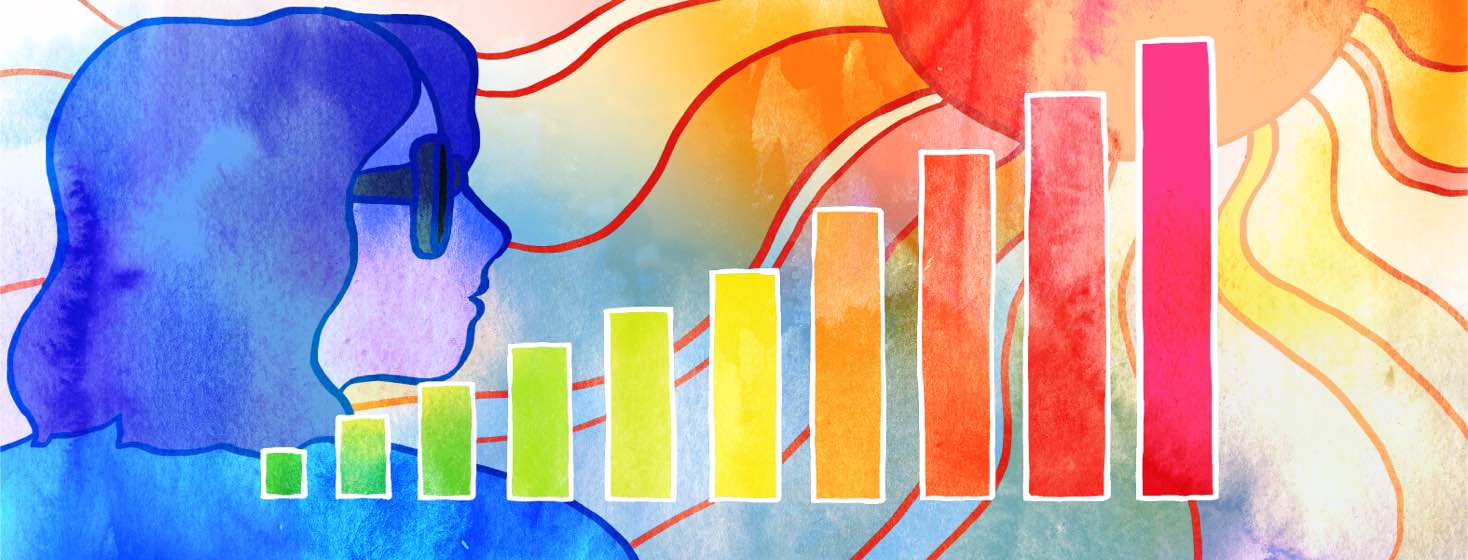Using The UV Index To Better Protect Your Skin
What is the UV index?
The UV index is a scale from 1 to 11+ used to determine the intensity of the UV radiation emitted from the sun. Lower numbers represent lower levels of UV radiation exposure (safer). The higher numbers represent extremely high levels of radiation (more dangerous). However, regardless of the UV index, the sun is always emitting UV radiation. This is true even when the UV index is only at a 1. So just remember - it’s important you protect your skin from UV radiation regardless of the UV index level (this will be a common theme in this post).
Understanding the commonly used exposure levels: low to extreme
Most websites you use to check the weather will also show the associated UV index. While some websites may use the number format discussed above (weather.com uses a scale of 1-10), many other websites simply state the exposure level without showing a numerical value. Below are the various levels that are commonly used:
- 0 to 2: Low
- 3 to 5: Moderate
- 6 to 7: High
- 8 to 10: Very High
- 11 or more: Extreme
It’s seasonal - higher in the summer and lower in the winter
This might not come as a surprise, but the UV index is generally higher in the summer than it is in the winter. The sun’s rays are more direct in the summer, which leads to warmer temperatures and also more intense UV radiation. However, UV radiation can reflect off of water and snow. So even if you are outside in the winter with a low UV index, you might be exposed to nearly double the amount of UV exposure depending on your surroundings. Many surfaces, including snow and water, can reflect UV radiation back onto your skin. So again, the safe bet is to simply keep your skin protected year-round, regardless of the UV index or temperature outside.
The UV index is constantly changing
If you check the UV index as soon as you get up in the morning you might want to quickly check it again just before you leave the house. Similar to the heat, the intensity of UV radiation generally peaks in the middle of the day and has much less intensity in the early morning and late afternoon. If you are checking the weather online you can often find an estimate of what the UV index will be at any given hour throughout the day. Generally speaking, the UV index is usually at its highest levels in the middle of the day, from around 10:00 am until around 2:00 pm. Whenever the UV index is high, it's all that much more important that you seek shade and keep your skin and eyes protected with broad-spectrum UV protective products.
Regardless, keep your skin protected
As I’ve mentioned many times already – always keep your skin protected from UV exposure! Even if the UV index is extremely low, if the sun is out, you’re being exposed to UV radiation. Even a small amount of radiation can damage your skin. It’s best (and very easy) to simply protect your skin from the radiation by wearing sunscreen, UV protective products, and seeking shade whenever possible.
How often do you check the UV index before leaving the house?

Join the conversation